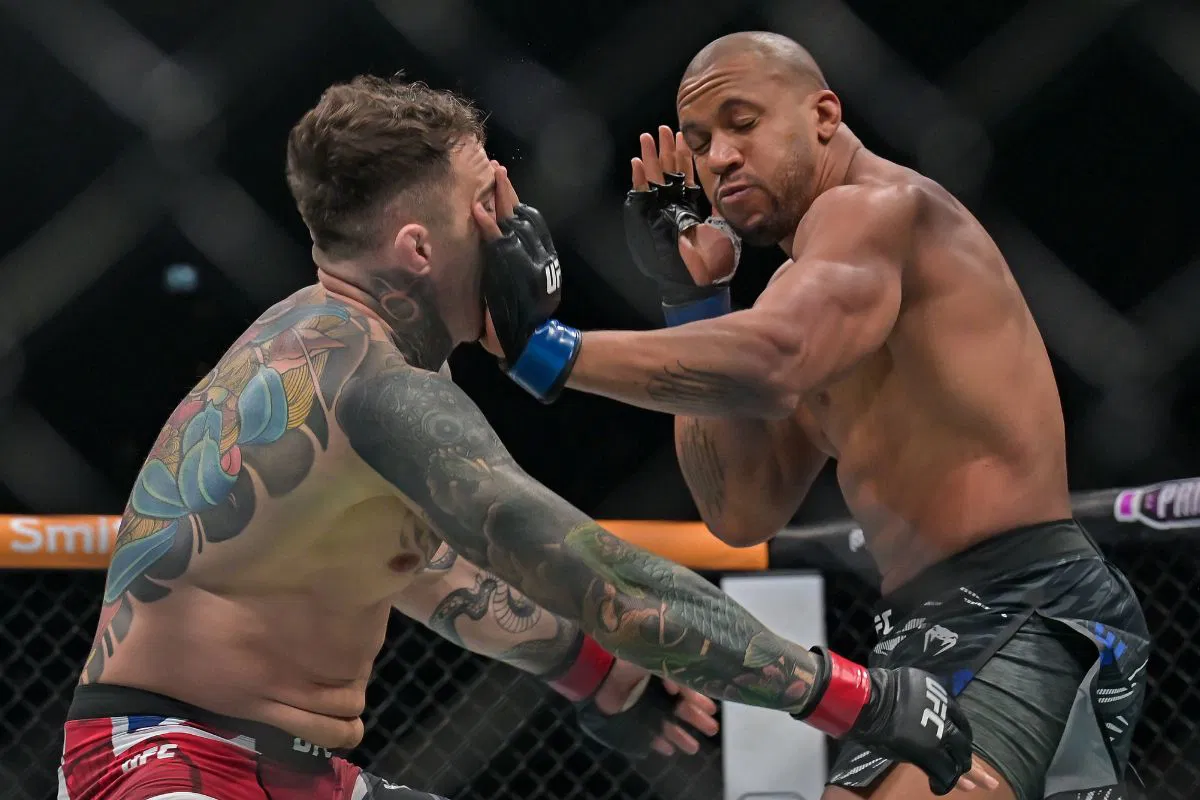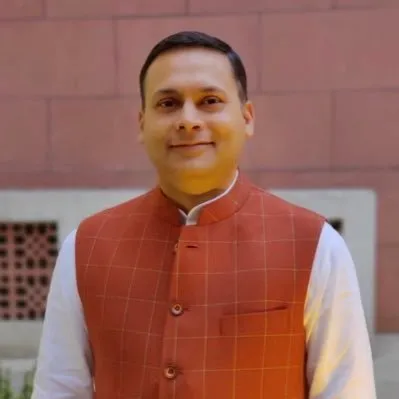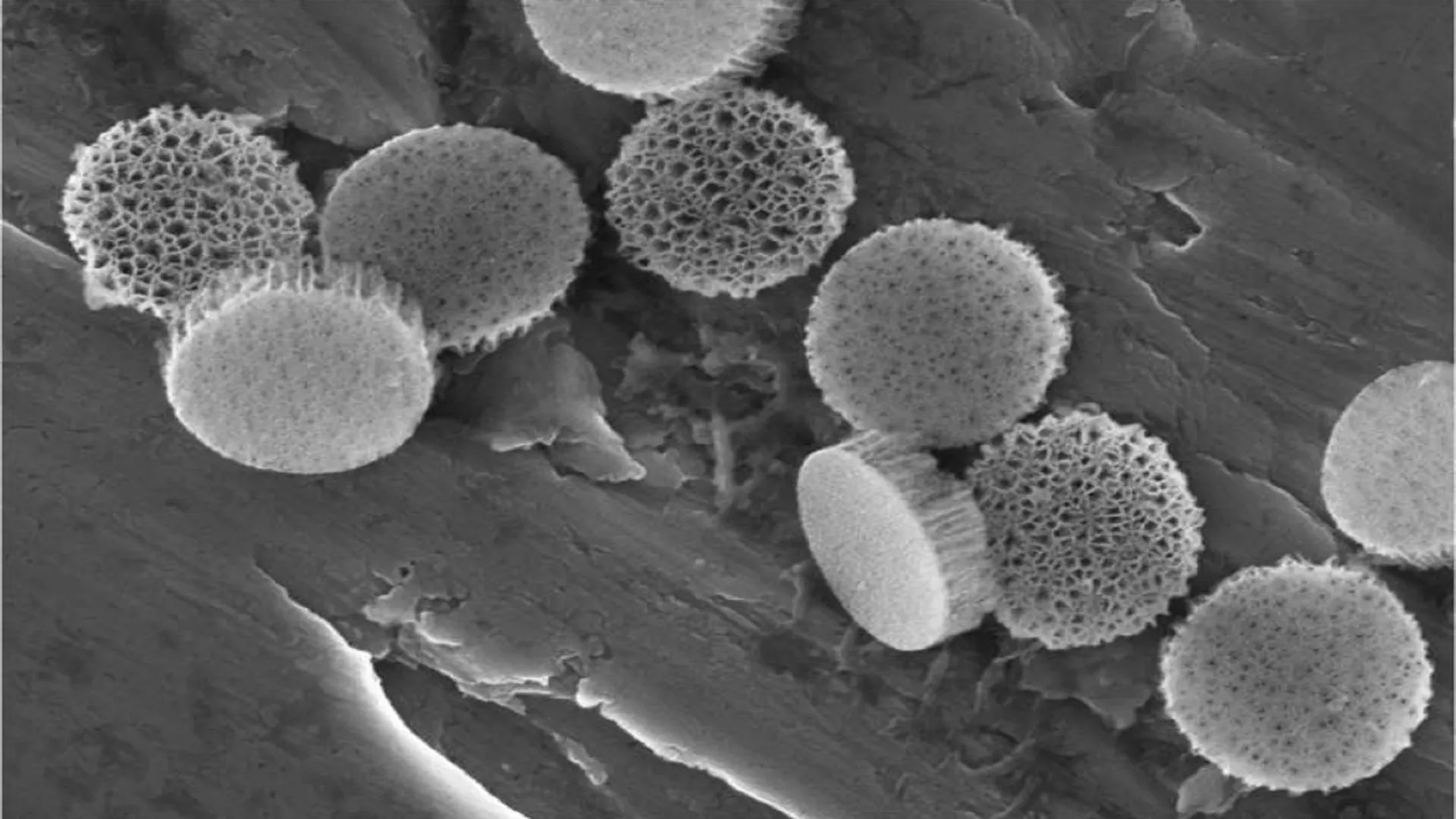Copyright Essentially Sports

The image of Tom Aspinall clutching his face, unable to open his right eye inside Abu Dhabi’s Etihad Arena, is one that no UFC fan will soon forget. Just four minutes and thirty-five seconds into his first undisputed title defense at UFC 321, Ciryl Gane’s outstretched fingers changed everything. The fight ended before it even began, the referee waving it off after Aspinall admitted he couldn’t see. What should’ve been the biggest night of the British heavyweight’s career turned into heartbreak, and a historic first as it was the first UFC title fight ever to end in a no-contest due to an eye poke. In the aftermath, both fighters expressed disappointment, with Gane apologizing profusely and Aspinall venting his frustration at the crowd’s boos. But beneath the surface lies a deeper issue, one that’s haunted MMA for decades now. Eye pokes have become the sport’s silent epidemic, a recurring flaw that ruins fights, damages careers, and leaves fans furious. Isn’t it time, then, for athletic commissions to finally intervene and change the rules before another champion goes half-blind in the cage? ADVERTISEMENT Article continues below this ad Athletic commissions need to step in to solve eye poke issues after UFC 321, and Henry Cejudo agrees Tom Aspinall’s UFC 321 main event against Ciryl Gane was meant to be the grand return of the heavyweight king after 15 months away from the Octagon. Instead, it exposed just how powerless fighters are in moments like these. Gane’s accidental double eye poke, both eyes struck simultaneously, ended the fight, and because it wasn’t deemed intentional, the result was ruled a No Contest. Under current rules, if a fighter cannot continue due to an unintentional poke, the bout is stopped and declared a no-contest, no matter how damaging the foul. Yet, intentional or not, the consequence remains the same: one fighter’s career can hang in the balance. Dana White addressed the controversy, shrugging off concerns by saying, “No matter what you do with the gloves, it’s gonna happen.” ADVERTISEMENT Article continues below this ad But not everyone agrees that it’s an unsolvable problem. Former two-division champion Henry Cejudo has been one of the loudest voices calling for reform. “It happened to me, and it happens to everybody,” Cejudo recently told ESPN MMA. “The Nevada State Athletic Commission, they need to step up and say, ‘Automatic one point.’ Second time you do it, disqualifications, like no more.” He compared the trauma of an eye poke to a damaged phone screen: once broken, doesn’t function properly again. His point was clear: the system shouldn’t let repeat offenders off the hook with mere warnings. Sure, a majority of eye pokes might be accidental, but their consequences are anything but. And if MMA’s governing bodies can’t enforce stricter rules, how many more accidents will it take before someone suffers permanent damage? Read Top Stories First From EssentiallySports Click here and check box next to EssentiallySports ADVERTISEMENT Article continues below this ad Doctor fires off at the backlash directed towards Tom Aspinall The eye poke that ended UFC 321 wasn’t just a minor graze; it was a brutal, knuckle-deep shot to both eyes. “I just got poked knuckled-deep in the eyeball,” Tom Aspinall said inside the cage as he reeled from the blow, “What the f***, why are you booing? What am I supposed to do about it? I didn’t do the poke. I can’t see!” Despite that, some fans accused the heavyweight champion of exaggerating or quitting too soon. Sports medicine doctor Brian Sutterer swiftly shut down that criticism in his conversation with Ariel Helwani as he pointed out, “People saw that his eye visually looked okay. The doctor that was there covering the fight said the eye looks okay. And there’s a big difference between something looking okay and something functioning okay. And when you get knuckles dug deep into your eyes, not just on one side, but on both sides, that is plenty force. That’s plenty trauma to cause your eye to not function the right way, even though it might objectively look okay when the doctor is there at the ringside examining it.” The difference, he said, is between what it looks like and what it might actually be, and fighters shouldn’t be pressured to continue when they’ve lost vision. Sadly, Aspinall’s case isn’t temporary. His father and coach, Andy Aspinall, recently confirmed that Tom still hasn’t regained full sight as he confessed, “His right eye, he can’t see anything, it’s just gray. (A second eye doctor) tested him on words, and he just couldn’t see anything. His left eye is 50 percent.” In other words, the world champion who trained to face the hardest hitters in the sport was taken down not by punches, but by an open hand and an outdated rulebook. From a broader perspective, the backlash toward Aspinall exposes a troubling expectation in MMA culture that warriors must fight through anything to earn respect. But how far is too far? When fans demand fighters “tough it out” after an eye gouge that leaves them half-blind, it raises uncomfortable questions about where compassion ends and bloodlust begins. Dr. Sutterer’s defense wasn’t just medical; it was moral. His message was clear: until the rules catch up, fighters will continue to bear the consequences of the sport’s negligence. Other UFC fights that ended due to eye pokes and solutions to the problem This isn’t the first time a marquee UFC fight has ended in controversy, and it certainly won’t be the last unless rules change. Back in 2019, Yair Rodriguez vs. Jeremy Stephens in Mexico City ended just 15 seconds into Round 1 after Rodriguez’s accidental poke left Stephens unable to open his eyes. The crowd erupted in fury, hurling bottles into the cage as the fight was declared a no-contest. At UFC 276, rising star Sean O’Malley‘s bout against Pedro Munhoz suffered a similar fate. An eye poke at the three-minute mark left Munhoz unable to continue, and the fight was called off. Despite fans calling for a rematch, it was never rebooked. Then there’s Belal Muhammad vs. Leon Edwards at UFC Vegas 21, a rivalry born out of an eye poke. Edwards’s stray fingers left Muhammad in tears, blood streaming from his eye. The incident turned into a feud that lingered for years until their eventual rematch in 2024. Even Henry Cejudo, now an advocate for reform, suffered an eye poke of his own against Song Yadong at UFC Seattle. This time, the referee allowed the fight to continue despite visible damage, and Yadong went on to win via TKO. Cejudo later revealed that his eye required months of recovery, proof that the cost of leniency is real. So, what’s the solution? For starters, stricter penalties. A one-point deduction for the first poke, as Cejudo suggests, would force fighters to adjust their hand positioning. Repeated offenses should lead to disqualification. This alone could drastically reduce the frequency of these fouls. Next, glove design. The UFC’s current gloves, while sleek, do little to prevent accidental eye gouges. Rival promotions like Bellator have already used naturally curved gloves, developed with Everlast, to reduce open-finger extension. Adopting similar technology could go a long way in fixing the problem. And finally, the UFC could borrow from the past. In Pride FC, referees issued yellow and red cards, fining fighters for stalling or fouls. A similar system, even perhaps docking a portion of a fighter’s purse for eye pokes, would send a clear message that carelessness comes at a cost. Eye pokes aren’t just accidents; they’re preventable. They rob fans of closure, fighters of their careers, and the sport of its credibility. The tragedy of UFC 321 isn’t just that Tom Aspinall lost a chance to defend his title, but that he might never see the same again. After all, when champions are left half-blind, something is fundamentally broken. It’s high time athletic commissions stepped up, gloves evolved, and rules changed, before another night like this leaves more than just the crowd in darkness.



